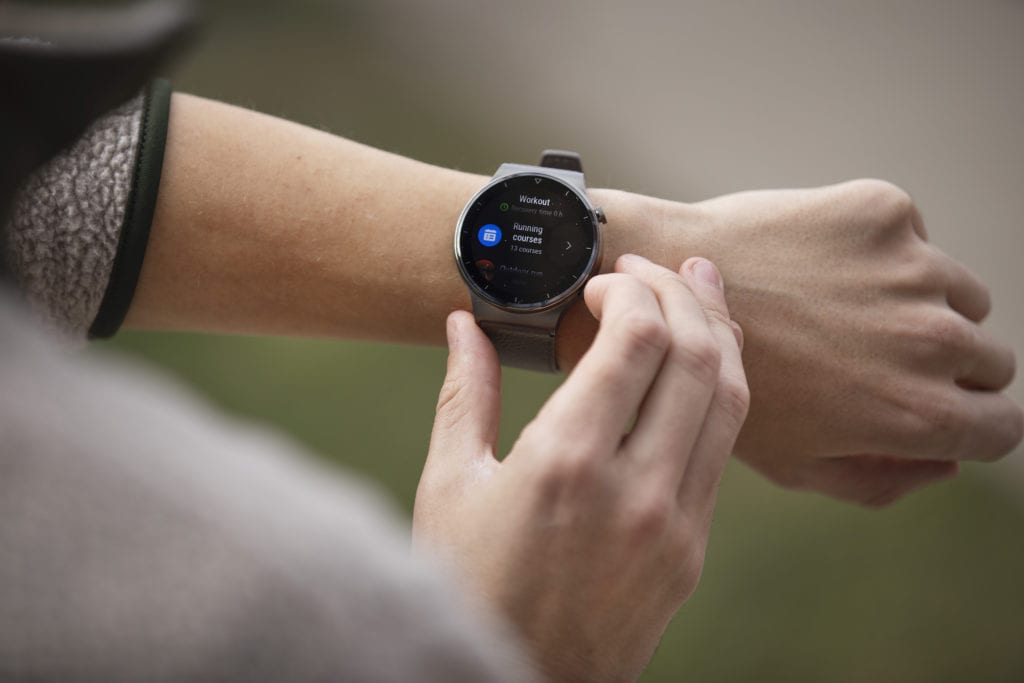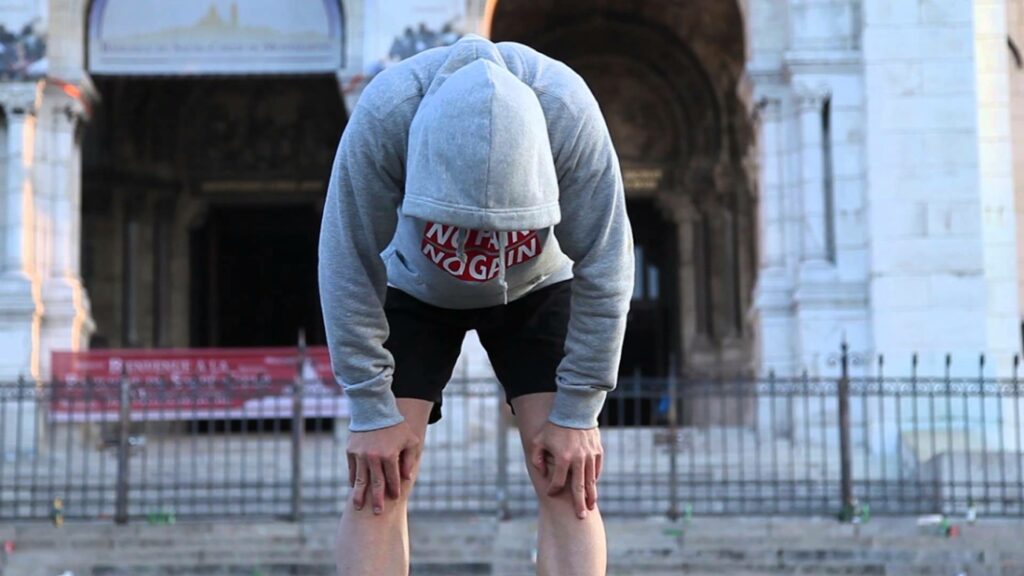6 things you’ll understand once you start running
What are some things about running that you did not understand until you started?

It is well known that runners are a unique breed, and those who don’t run may not understand why you wake up at 6 a.m. on a Sunday in the summer for a 20-kilometre easy run, or why you are putting in 80 to 100 kilometres a week for a local 5K fun run four months from now–until they actually become runners themselves.

Here are six things you’ll understand once you become a runner.
Easy runs
Yes, there is such a thing. Many think all running has to be done hard, but no runner (besides maybe that one guy everyone seems to have on Strava) actually runs like this. If you are running hard all the time, it is certainly the fastest way to find yourself on the injured reserve.

Your easy runs should be done at a comfortable pace, where you can engage in a conversation. It might be very slow at first, but over time you find your pace and your easy-run pace will get faster. Most, especially when starting, tend to run just a little too fast.
The “runner’s high”
Whether it exists for you or not, you understand why people love to run. Many use it as a mental escape and an activity to clear their mind, or a way to be immersed in nature.
Getting out for a run can relieve stress after a long day at work; it forces you to take a step back and helps you clear your mind of negative thoughts.
How fast time goes by
A one-hour run may sound like forever, but once you are out there, the time flies by. Marathoners have the same experience at the start of their race after months of training. Every runner gets this sudden realization of how short two to four hours of running is in comparison to their countless hours of training.

It’s even worse when you come back to race a 5K after you’ve moved up in distance. You’ll feel like you barely ran.
Shin splints
Shin splints aren’t a myth; they are just as painful as runners claim. When you are on a run, you place a load of anywhere from two to six times your body weight on your muscles, bones, ligaments and joints with each stride. If you don’t give your body time to recover and adapt to your training load, shin splints may result.
There are many ways runners can combat shin pain with compression, or by reducing their training load, doing low-impact exercise, or plain and simple rest.

Early morning runs
Early morning runs aren’t torture—they are the best time to go for a run, for various reasons (including that you are rested, there is less traffic, etc.). Plus, if you get your long run done early enough on the weekend, you can kick back and relax for the remainder of the day.
How far a marathon is
Forty-two kilometres is far, but you really understand how far it is once you become a runner. Not to say marathon runners shouldn’t be respected, to begin with, but once you become a runner, you have a new profound admiration for every runner who has tackled the 42.2 km distance.


